Tourist Traps VS True Gems: 7 European Cities To Rethink, 10 To Fall In Love With
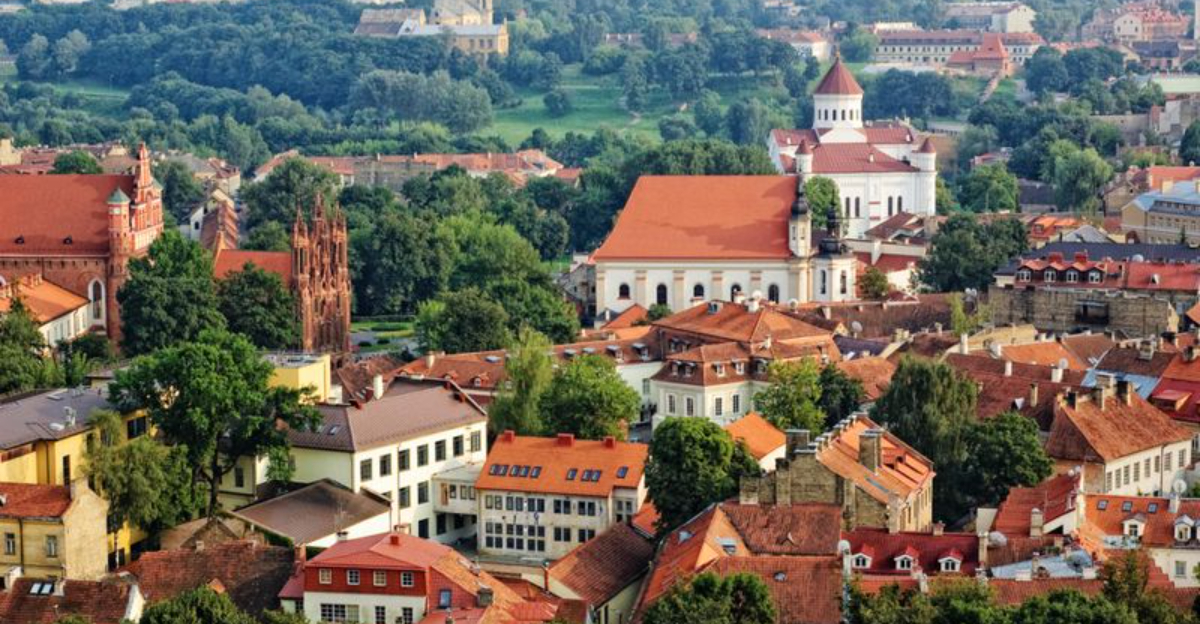
Europe’s iconic cities pull in crowds by the millions, but have you ever stopped to wonder if they really deserve all that hype? Beneath the bustling tourist spots and pricey attractions, some of the magic seems to get lost—or at least hidden away.
What if I told you that some lesser-known European towns and cities quietly shine with authentic charm, breathtaking views, and rich local culture—without the throngs of tourists? These hidden gems offer a refreshing alternative that lets you connect deeper with the real Europe.
Curious to explore beyond the usual hotspots and discover places that might just steal your heart? Let’s rethink your European adventure and dive into some surprisingly delightful destinations you’ve probably never heard of. Who’s ready to wander off the beaten path?
1. Paris, France – The Overrated Romance

When you picture Paris, romance probably comes to mind first. However, the reality often involves pushy street vendors, pickpockets near major attractions, and restaurants that serve mediocre food at tourist prices.
The Eiffel Tower area swarms with crowds, making that perfect photo nearly impossible. Many visitors leave feeling disappointed by the gap between expectation and reality.
Instead of fighting crowds at Sacré-Cœur, consider exploring quieter neighborhoods like Belleville or the covered passages. These areas offer authentic Parisian charm without the tourist circus that dominates the city center.
2. Venice, Italy – Sinking Under Tourism
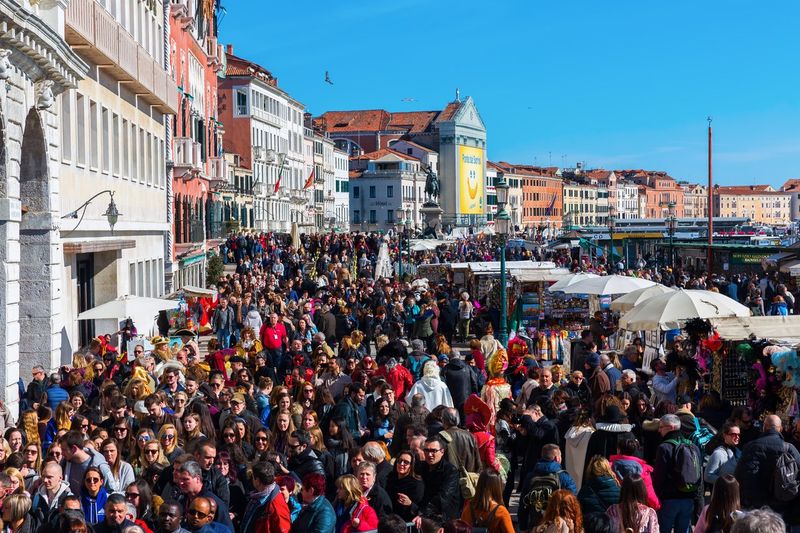
Venice drowns in its own popularity, with cruise ships dumping thousands of visitors daily into narrow streets never designed for such crowds. The city feels more like a theme park than a living, breathing place.
Restaurants serve overpriced, underwhelming meals while gondola rides cost a fortune for a short trip through crowded canals. Local residents continue leaving as tourism takes over their neighborhoods completely.
If you must visit, go during winter months or very early morning hours. Better yet, explore nearby Padua or Verona for authentic Italian experiences without the overwhelming tourist pressure.
3. Barcelona, Spain – Pickpocket Paradise
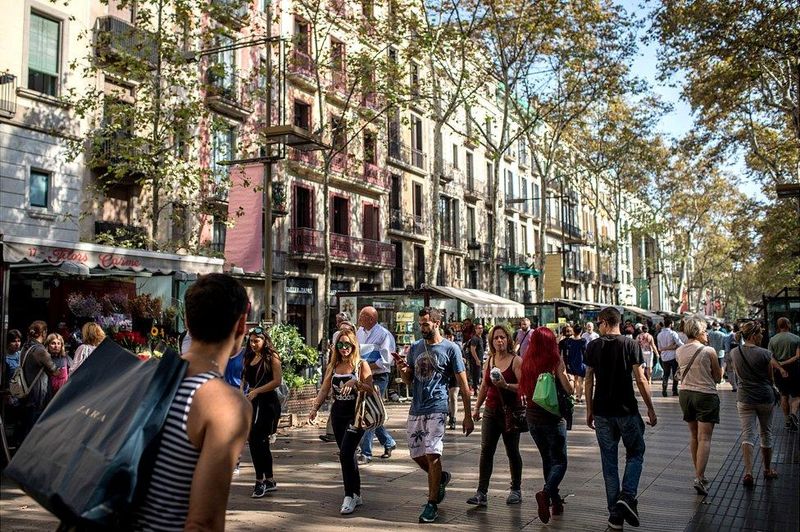
Barcelona’s beauty gets overshadowed by rampant petty crime targeting tourists. Las Ramblas, once charming, now feels like a gauntlet of pickpockets, overpriced cafes, and aggressive street performers demanding money.
The city’s most famous attractions require advance booking and fighting crowds, while many restaurants in tourist areas serve disappointing food at inflated prices. Locals often avoid the city center entirely.
Venture beyond the Gothic Quarter to neighborhoods like Gràcia or Sant Antoni for authentic tapas and genuine Spanish culture. These areas offer the real Barcelona experience without the constant worry about your belongings.
4. Amsterdam, Netherlands – Red Light Overload
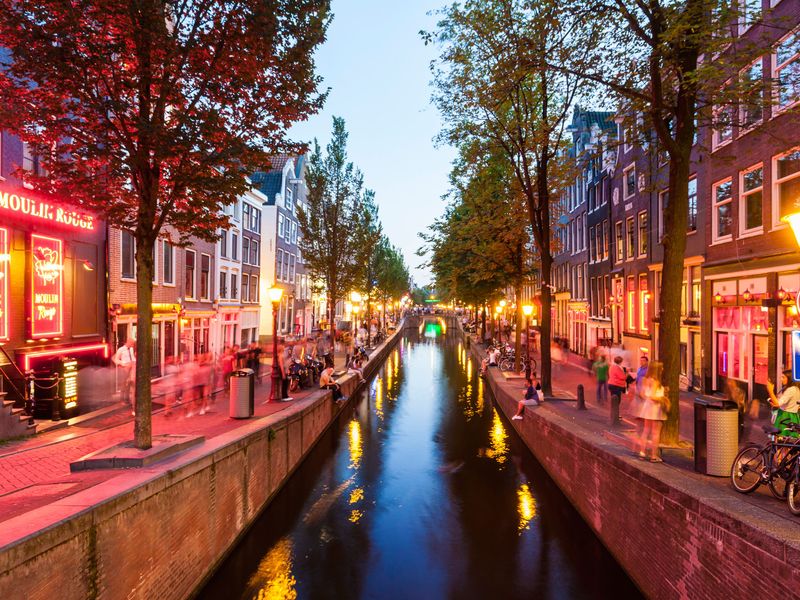
Amsterdam’s reputation precedes it, but the reality involves navigating through drunk tourists, overpriced coffee shops, and streets that smell less than pleasant. The Red Light District feels more like a tourist spectacle than cultural experience.
Canal tours pack tourists like sardines while restaurants in the center serve mediocre food at premium prices. Many visitors leave feeling they’ve seen a caricature rather than authentic Dutch culture.
Head to neighborhoods like Jordaan or visit during weekdays for a more genuine experience. The city’s museums and parks offer better value than the overhyped party scene that dominates travel guides and social media posts.
5. Prague, Czech Republic – Stag Party Central

Prague’s stunning architecture gets drowned out by rowdy stag parties and drunk tourists treating the city like their personal playground. The Old Town becomes nearly unbearable during peak season and weekends.
While beer remains cheap, tourist restaurants serve bland versions of Czech cuisine at inflated prices. The famous astronomical clock draws massive crowds for a brief, underwhelming show every hour.
Visit during shoulder seasons or explore neighborhoods beyond the castle and Old Town. Early morning walks reveal the city’s true beauty before the party crowds descend and transform it into something unrecognizable.
6. Santorini, Greece – Instagram vs Reality
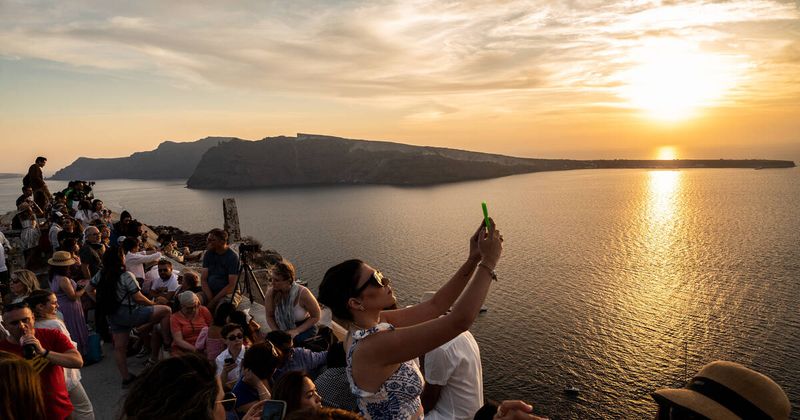
Santorini’s Instagram fame creates unrealistic expectations that reality rarely meets. Those perfect sunset photos require arriving hours early and fighting crowds for the best spots in Oia.
Hotels charge premium prices for basic accommodations, while restaurants serve average Greek food at tourist prices. The narrow streets become impassable during cruise ship days when thousands of visitors descend simultaneously.
Consider visiting less famous Greek islands like Naxos or Paros for authentic experiences, better prices, and fewer crowds. These islands offer similar beauty and culture without the social media pressure and overwhelming tourist infrastructure.
7. Dubrovnik, Croatia – Game of Thrones Chaos
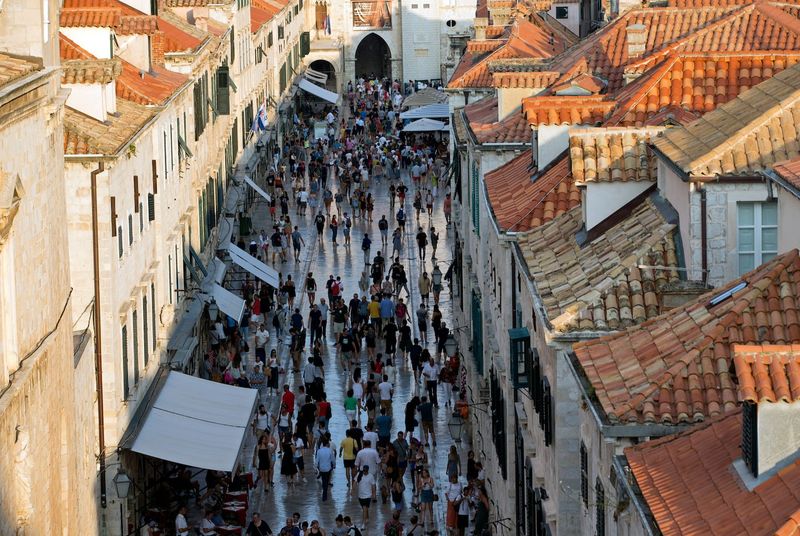
Game of Thrones fame transformed Dubrovnik from a charming coastal town into a crowded tourist destination where authentic experiences become nearly impossible to find during peak season.
The old town walls, while beautiful, feel like a conveyor belt of tourists during summer months. Restaurants inside the walls serve overpriced, mediocre food while accommodation costs rival major European capitals.
Visit during winter months for a completely different experience, or explore other Croatian coastal towns like Rovinj or Split. These alternatives offer similar medieval charm and stunning coastlines without the overwhelming crowds and inflated prices.
8. Porto, Portugal – Wine and Wonder
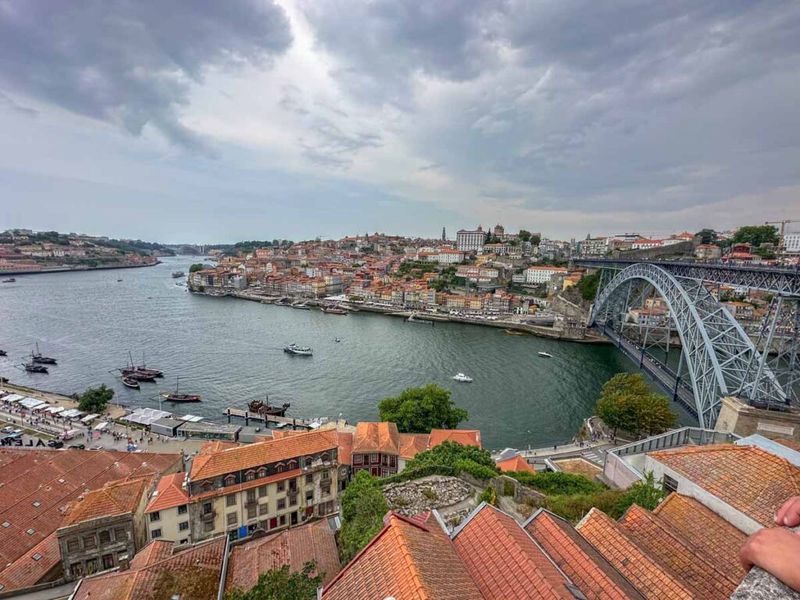
Porto captures hearts with its authentic Portuguese charm, stunning azulejo tiles, and world-famous port wine cellars. The city offers incredible value compared to other European destinations while maintaining genuine local culture.
Wander through the Ribeira district’s narrow streets, sample port wine in Vila Nova de Gaia, and admire the intricate tilework at São Bento Station. Food lovers discover amazing francesinhas and fresh seafood at reasonable prices.
The city’s compact size makes walking enjoyable, while friendly locals welcome visitors warmly. Porto proves that Europe’s best experiences often come from places that haven’t been completely transformed by mass tourism yet.
9. Ljubljana, Slovenia – Fairy Tale Capital

Ljubljana feels like a fairy tale come to life, with its castle perched above a car-free old town and the emerald Ljubljanica River flowing through the center. This underrated capital offers incredible charm without overwhelming crowds.
Dragon bridges, outdoor markets, and cozy cafes create a relaxed atmosphere perfect for slow travel. The city’s compact size allows you to explore everything on foot while enjoying surprisingly excellent food and wine.
Slovenia’s location makes it perfect for day trips to Lake Bled, Postojna Cave, or the coast. Ljubljana proves that Europe’s smallest capitals often provide the most memorable and authentic experiences for curious travelers.
10. Ghent, Belgium – Medieval Marvel
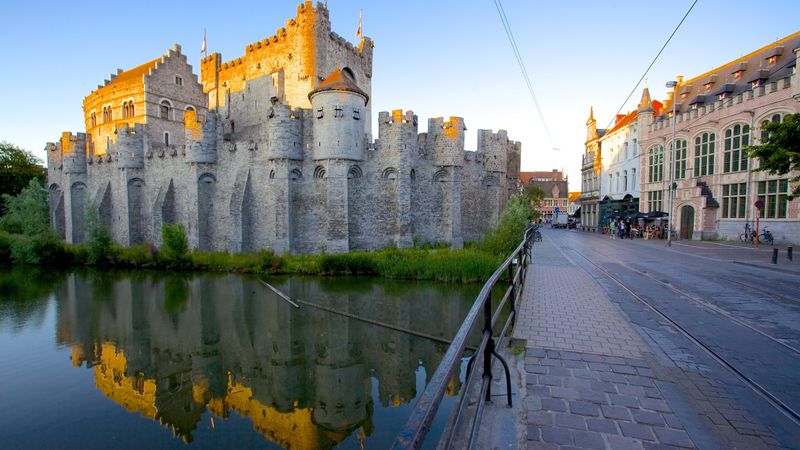
Ghent outshines Brussels and Bruges with its perfectly preserved medieval architecture and vibrant student population that keeps the city alive and authentic. The castle, guild houses, and canals create a stunning backdrop for exploration.
Belgian beer culture thrives here with local breweries and cozy pubs serving exceptional brews. The city’s food scene combines traditional Flemish cuisine with innovative restaurants that locals actually frequent regularly.
Unlike tourist-heavy Bruges, Ghent maintains its character as a living city where students, locals, and visitors mingle naturally. The combination of history, culture, and authenticity makes it Belgium’s best-kept secret for travelers seeking genuine experiences.
11. Tallinn, Estonia – Digital Age Meets Medieval

Tallinn’s UNESCO World Heritage old town transports visitors back to medieval times with its cobblestone streets, ancient walls, and Gothic spires. This Baltic gem offers incredible value and authentic experiences.
The city seamlessly blends its medieval heritage with modern digital innovation, creating a unique atmosphere. Estonian cuisine surprises visitors with hearty, flavorful dishes that reflect the country’s Nordic and Eastern European influences.
Friendly locals speak excellent English, making navigation easy for travelers. The city’s compact size and excellent public transportation make it perfect for weekend getaways, while nearby beaches and forests offer natural escapes from urban exploration.
12. Lviv, Ukraine – Coffee Culture Capital
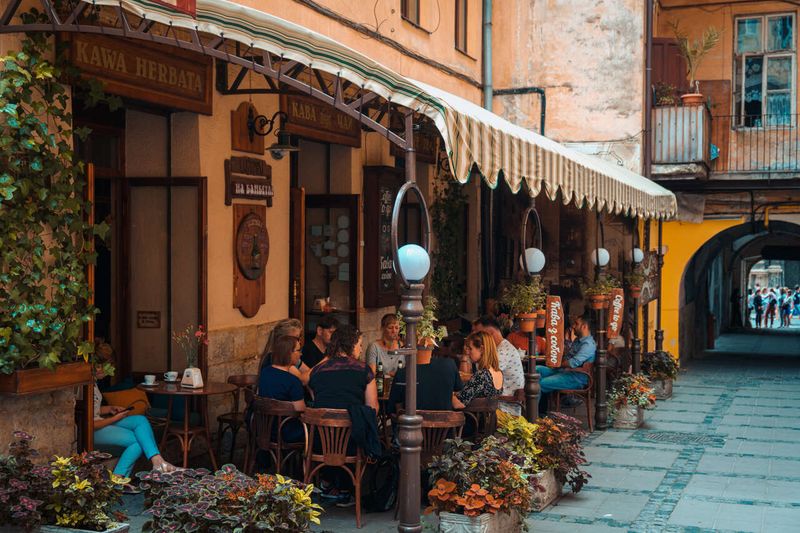
Lviv’s coffee culture rivals Vienna’s, with dozens of unique cafes housed in historic buildings throughout the beautifully preserved old town. This Ukrainian gem offers exceptional value and warm hospitality that creates lasting memories.
The city’s architecture reflects its complex history, with Austrian, Polish, and Ukrainian influences creating a unique visual feast. Local restaurants serve hearty, authentic cuisine at prices that seem almost unbelievable to Western visitors.
Despite recent challenges, Lviv’s resilient spirit and cultural richness shine through. The city’s walkable center, thriving arts scene, and genuine local interactions provide experiences that feel increasingly rare in more touristy European destinations.
13. Brasov, Romania – Transylvanian Treasure
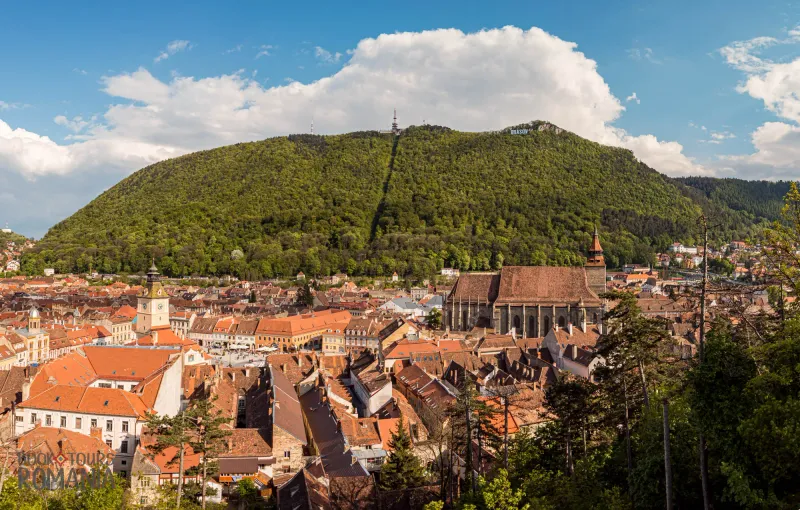
Brasov sits dramatically in the Carpathian Mountains, offering stunning alpine scenery combined with well-preserved medieval architecture. The city serves as the perfect base for exploring Transylvania’s castles and natural wonders.
Council Square buzzes with local life while maintaining its historic charm. Romanian cuisine proves surprisingly diverse and delicious, with local restaurants serving hearty mountain fare at incredibly reasonable prices throughout the old town.
Day trips to Bran Castle, Peles Castle, and Rasnov Fortress are easily accessible, while the city itself offers enough attractions for several days. Brasov demonstrates that Eastern Europe’s hidden gems often provide the most rewarding and affordable European travel experiences.
14. Riga, Latvia – Art Nouveau Paradise
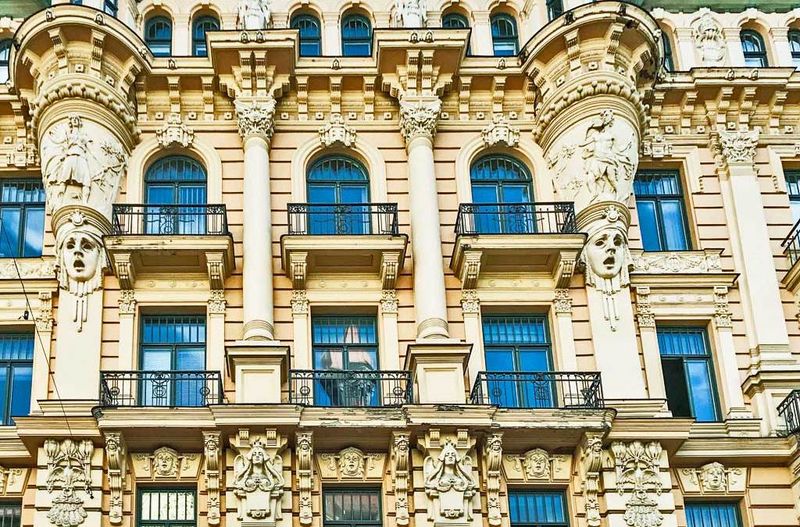
Riga boasts the world’s largest collection of Art Nouveau architecture, with over 800 buildings showcasing intricate facades and decorative elements. The city’s old town perfectly complements this architectural wonder with medieval charm.
Latvian cuisine offers hearty, comforting dishes that reflect the country’s agricultural heritage. Local markets, cozy restaurants, and traditional beer halls provide authentic experiences at prices that make extended stays affordable and enjoyable.
The city’s compact layout makes walking pleasant, while the Daugava River adds scenic beauty. Riga’s combination of architectural significance, cultural authenticity, and excellent value makes it one of Europe’s most underrated capital cities for discerning travelers.
15. Krakow, Poland – Royal Heritage
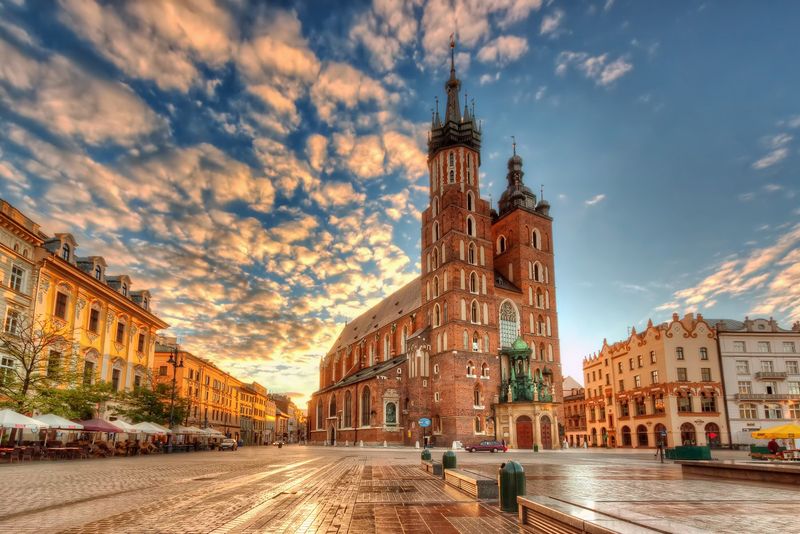
Krakow’s main square ranks among Europe’s most beautiful, surrounded by Gothic churches, Renaissance buildings, and the famous Cloth Hall. The city escaped major war damage, preserving centuries of architectural treasures.
Polish cuisine reaches its peak here, with traditional restaurants serving pierogi, kielbasa, and other hearty dishes alongside excellent local beers. The Jewish Quarter adds cultural depth with its synagogues, museums, and poignant history.
Unlike Prague, Krakow maintains its dignity despite growing popularity. The city offers excellent value, authentic experiences, and easy access to Auschwitz-Birkenau, salt mines, and the beautiful Tatra Mountains for extended exploration opportunities.
16. Vilnius, Lithuania – Baroque Beauty

Vilnius surprises visitors with its extensive baroque old town, artist quarter, and bohemian atmosphere that feels both historic and refreshingly creative. The city offers authentic Baltic culture without tourist crowds.
Lithuanian cuisine combines hearty Slavic influences with Nordic touches, creating unique flavors. Local restaurants serve generous portions at prices that allow you to experience fine dining without breaking your travel budget completely.
The alternative art scene thrives in Uzupis, a self-declared republic within the city that adds quirky charm. Vilnius proves that the Baltic capitals offer some of Europe’s best value destinations while maintaining cultural authenticity and architectural beauty.
17. Sibiu, Romania – Saxon Splendor
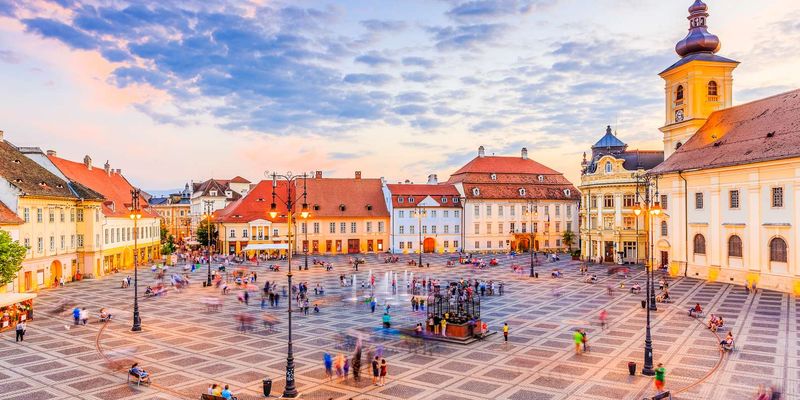
Sibiu’s Saxon heritage creates a unique atmosphere with its colorful houses, medieval squares, and the famous ‘eyes’ that seem to watch from rooftops. This Transylvanian city offers fairy-tale charm without fairy-tale prices.
The city served as European Capital of Culture, showcasing its commitment to arts and preservation. Romanian hospitality shines through in family-run restaurants serving traditional Transylvanian dishes with German and Hungarian influences.
Nearby attractions include fortified churches, mountain hiking trails, and traditional villages that feel untouched by time. Sibiu demonstrates how Romania’s smaller cities often provide more authentic and memorable experiences than their more famous counterparts throughout Europe.
